Sistema Sac Actun cave system is considered the world's largest underwater cave system in Yucatán after realizing that two massive cave systems in the Mexican peninsula were connected.
This immense cave represents the most important submerged archaeological site in the world.
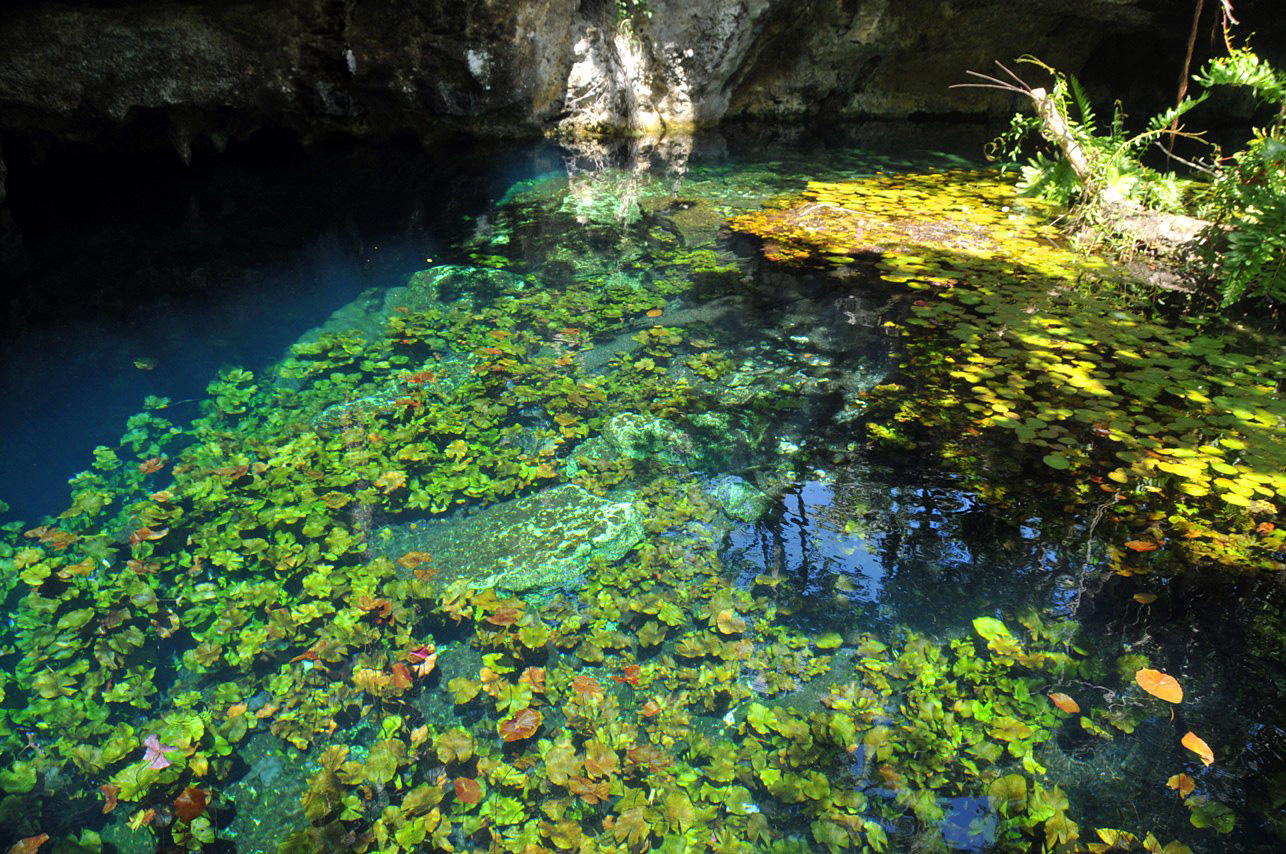
It has more than a hundred archaeological contexts, among which is evidence of the first settlers of America, as well as the extinct fauna and, of course, of the Maya culture.
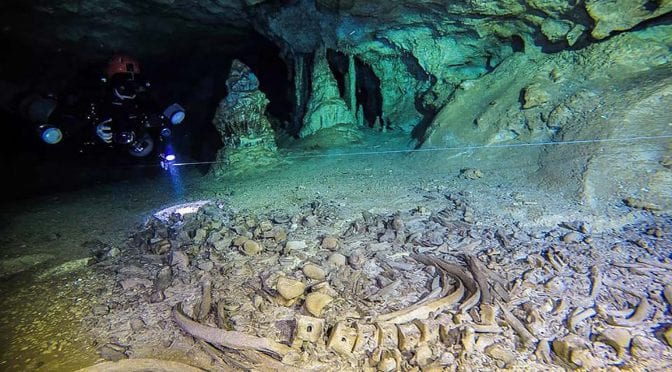
The water level in the 215-miles-long Sac Actun cave system has likely fluctuated over time, providing a source of much-needed water during times of severe drought. For example, water levels rose more than 300 feet at the end of the Ice Age, flooding the cave system and preserving the remains of extinct megafauna. Humans likely didn't live in the caves, but probably visited them in search of water.
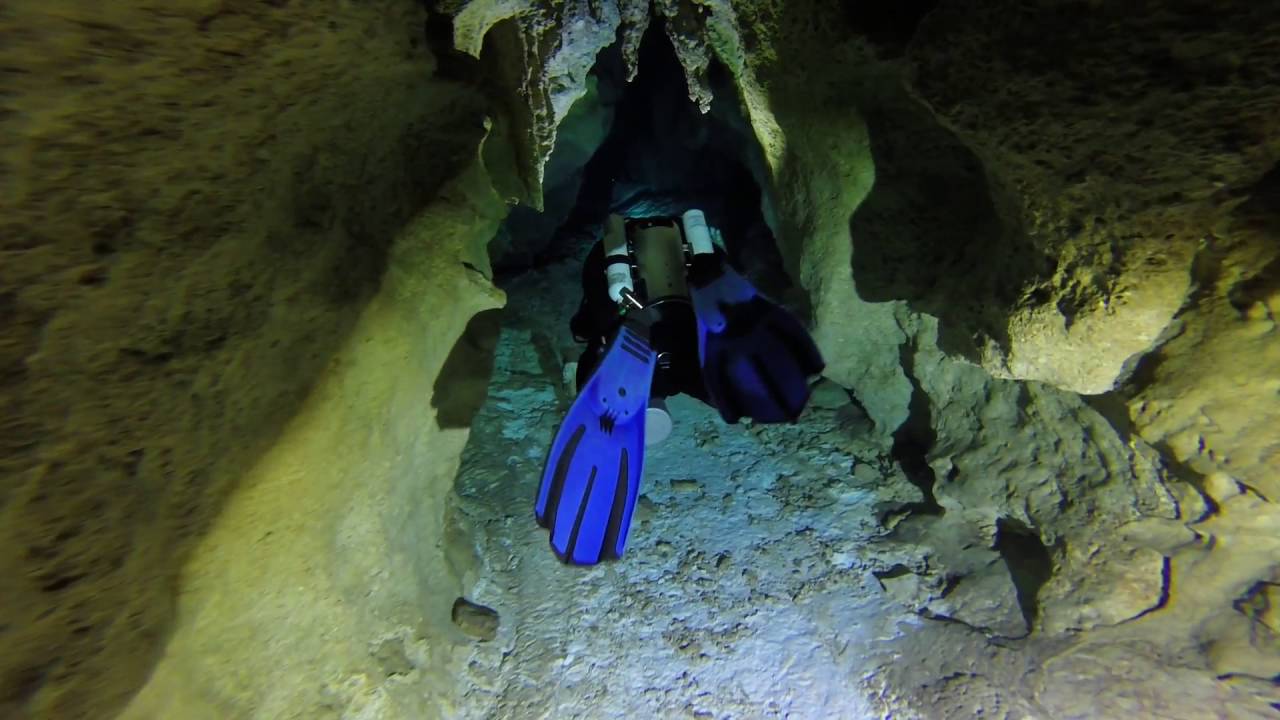
The cave system found the 15,000-year-old remains of giant sloths, proto-elephants called gomphotheres, and bears, as well as an elaborate shrine to the Maya god of war and commerce. More than 120 artifact sites such as burnt human bones, ceramics, and wall etchings have been found in the caves, some dating back more than 12,000 years.
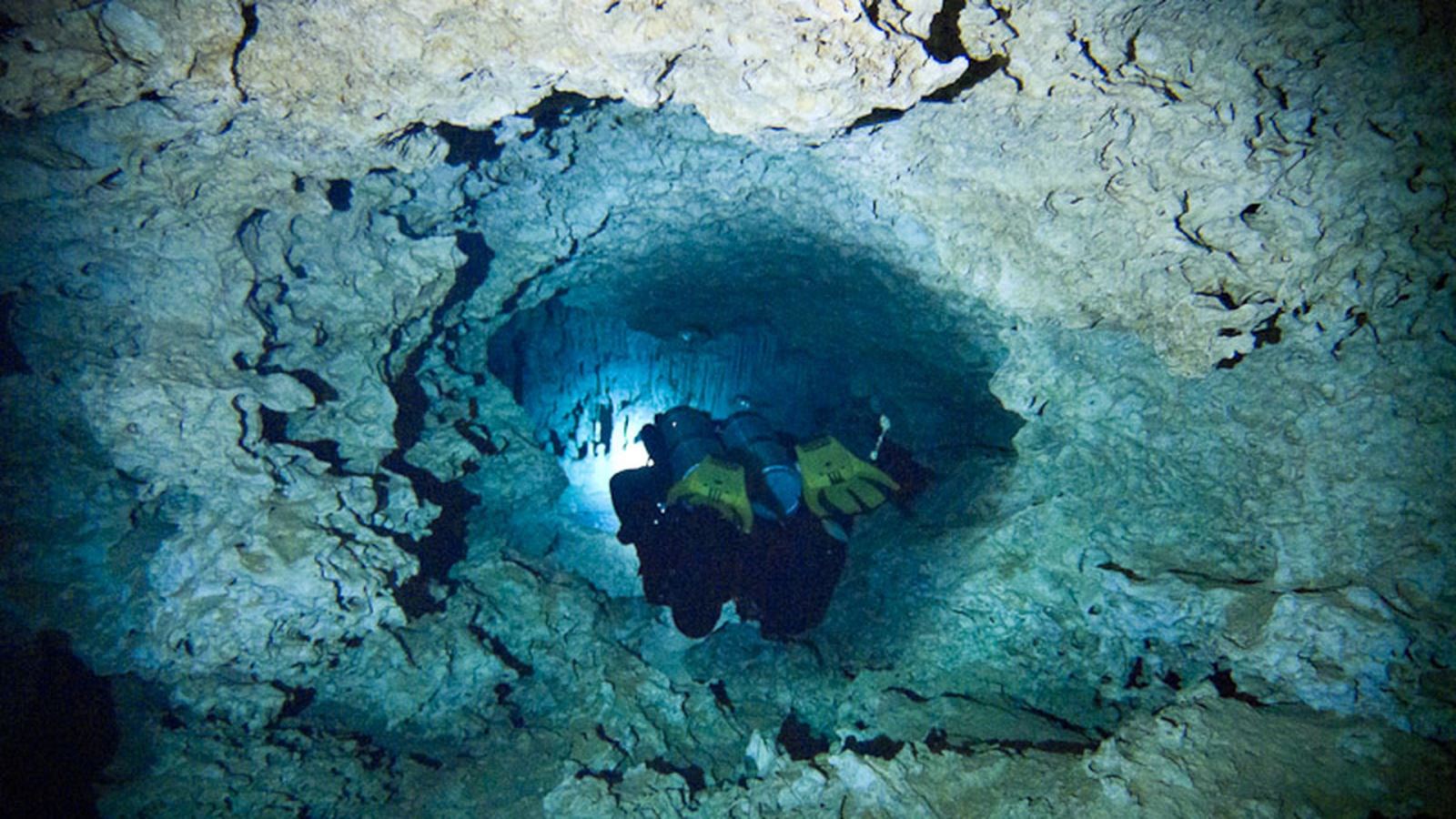
These cave systems have been explored for decades, and these latest discoveries are consistent with the human artifacts and megafauna previously found in the Yucatán's watery underworld. The enormous length of the massive Sac Actun system makes these new discoveries particularly remarkable.
It is very unlikely that there is another site in the world with these characteristics. There is an impressive amount of archaeological artifacts inside, and the level of preservation is also impressive.
According to nationalgeographic



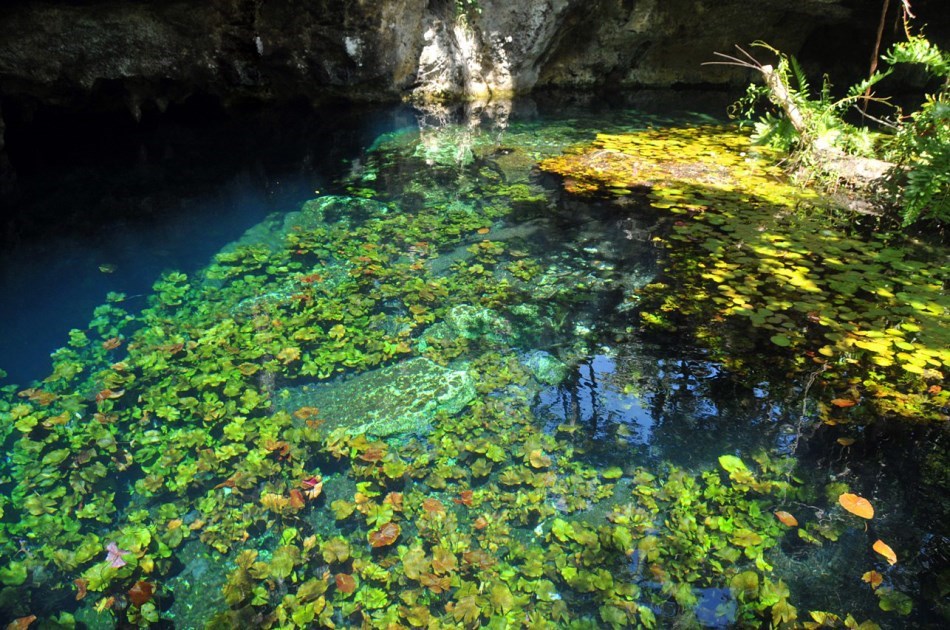

![[HONORARY PROFESSOR OF RECORD FOR PRACTICE AND EMPIRICAL RESULTS – 2024] RECORD HOLDER CHU BAO QUE (BAC GIANG PROVINCE, VIETNAM)](https://uskings.us/wp-content/uploads/2024/05/IMG_0386-218x150.jpg)


